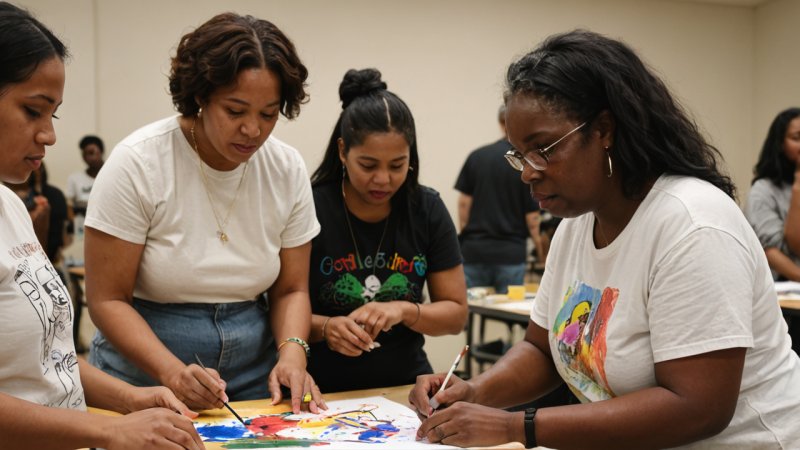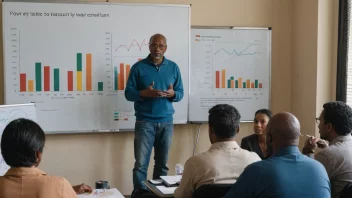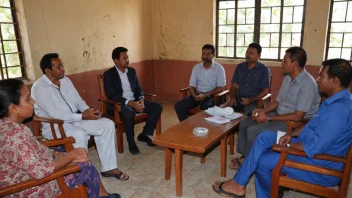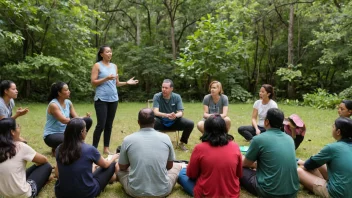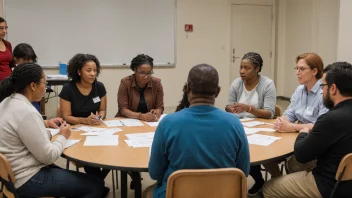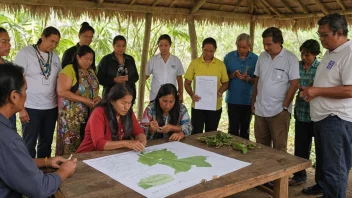Introduction
Creative arts programs in low-income areas play a vital role in enriching communities, fostering self-expression, and providing opportunities for personal and professional growth. Through this article, you will learn how to effectively support these programs, from identifying local initiatives to volunteering your time and resources. By the end, you will be equipped with actionable steps to help uplift your community through the arts.
Step 1: Research Local Creative Arts Programs
Understanding the landscape of creative arts programs in your area is essential before getting involved. Here’s how to start:
- Search Online: Use search engines and social media platforms to find local organizations that focus on arts programs.
- Visit Community Centers: Community centers often have information on local programs and can connect you with resources.
- Engage with Local Schools: Many schools have arts initiatives, and your involvement can significantly impact students.
Step 2: Identify Your Strengths and Resources
Before diving in, reflect on what you can offer to these programs:
- Skills: Consider your talents, such as teaching, mentoring, or providing administrative support.
- Time: Determine how much time you can dedicate, whether it’s a few hours a week or a monthly commitment.
- Connections: Think about your network and how you can leverage it to benefit the arts program.
Step 3: Volunteer Your Time
Volunteering is one of the most impactful ways to support creative arts programs:
- Contact Organizations: Reach out to the programs you’re interested in to inquire about volunteer opportunities.
- Attend Training Sessions: Many organizations offer training for volunteers; participate to learn how you can best contribute.
- Be Consistent: Regular involvement builds trust and relationships within the community.
Step 4: Advocate for the Arts
Being an advocate for creative arts programs can increase visibility and support:
- Share on Social Media: Use your platforms to raise awareness about local arts initiatives.
- Attend Community Meetings: Get involved in discussions about community funding and support for the arts.
- Engage with Local Leaders: Reach out to local government representatives to express the importance of funding and support for arts programs.
Step 5: Organize Fundraising Events
While this article avoids fundraising promotions, organizing events can raise awareness and support:
- Plan an Event: Consider hosting a community art show, workshop, or performance to showcase local talent.
- Collaborate: Partner with local businesses and artists to create a successful event.
- Promote: Use social media and community boards to spread the word about the event.
Step 6: Provide Educational Resources
Enhancing the educational aspect of arts programs is crucial:
- Offer Workshops: If you have expertise in a specific art form, consider offering workshops to teach others.
- Donate Materials: Many programs require supplies; consider donating art supplies or equipment.
- Facilitate Collaborations: Help connect programs with local artists for mentorship opportunities.
Step 7: Stay Engaged and Informed
Continuous involvement ensures the longevity of your support:
- Follow Up: Check in regularly with the programs to see how you can continue to help.
- Participate in Events: Attend exhibitions, performances, and showcases to show your support.
- Stay Informed: Keep up with news regarding arts funding and initiatives in your community.
Conclusion
Supporting creative arts programs in low-income areas is a fulfilling way to uplift your community and foster social change. By researching local initiatives, volunteering your time, advocating for the arts, organizing events, providing educational resources, and staying engaged, you can make a significant impact. Remember, every small effort counts, and together, we can enhance the lives of many through the power of creativity.
